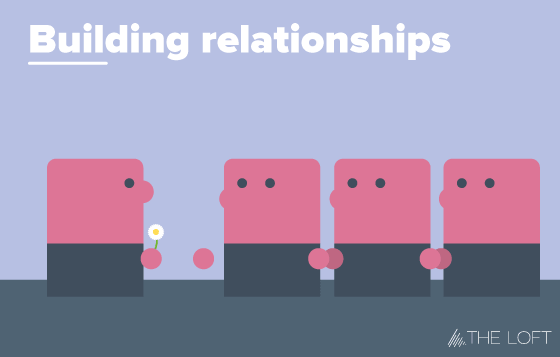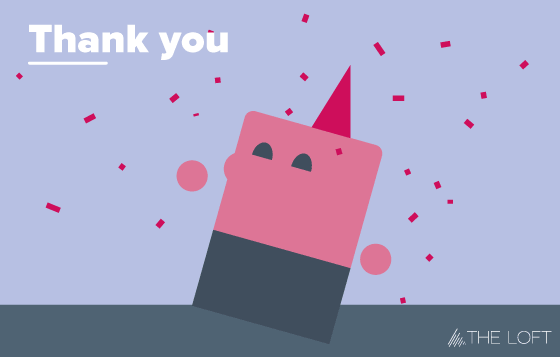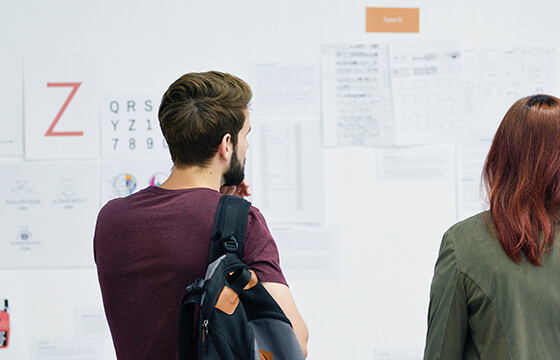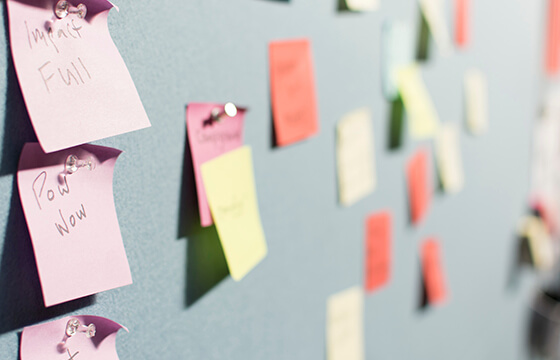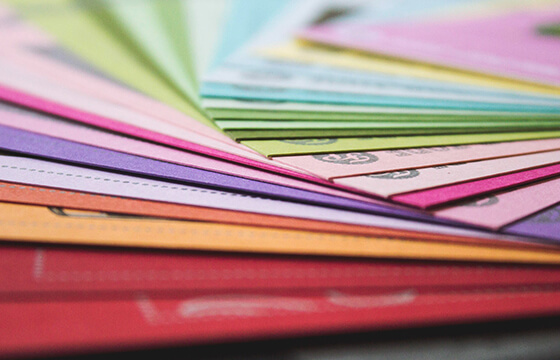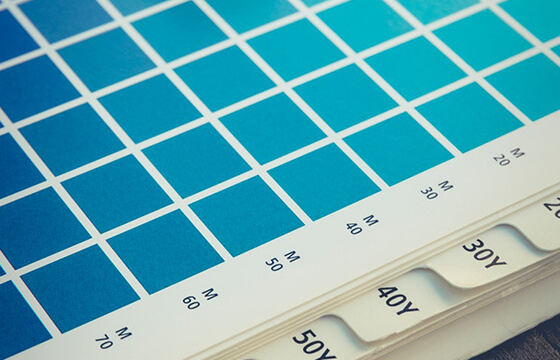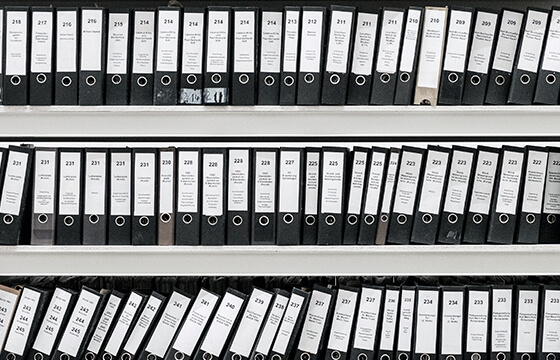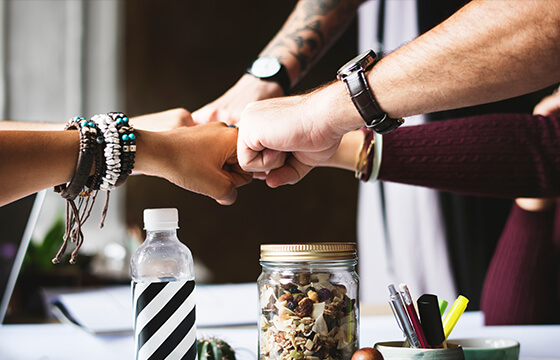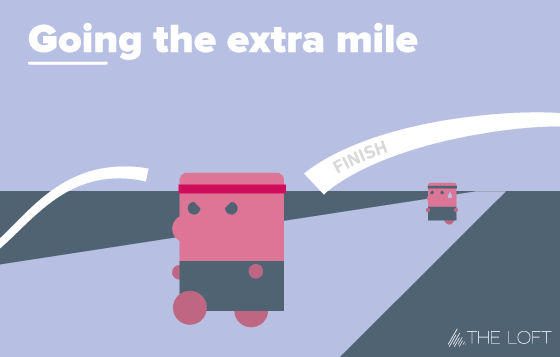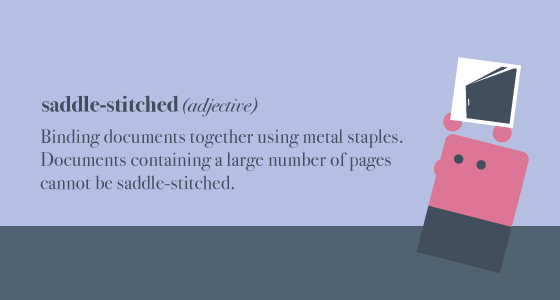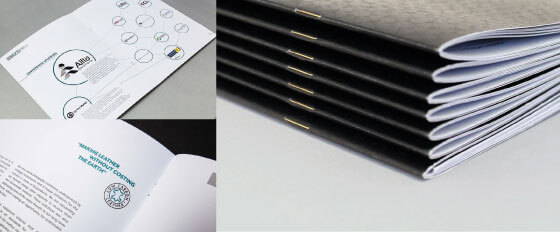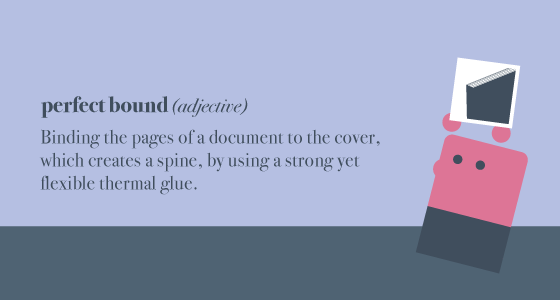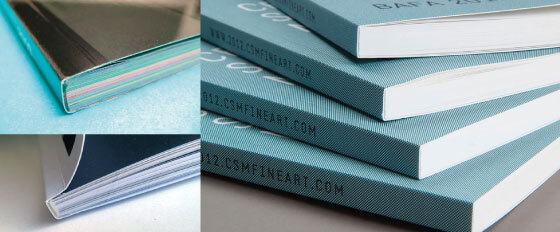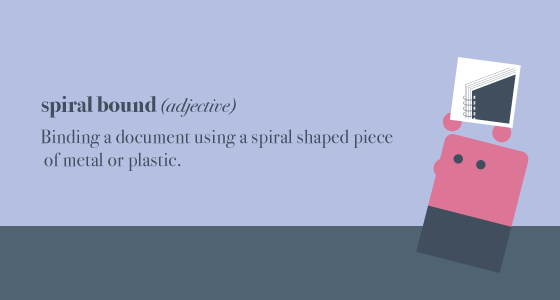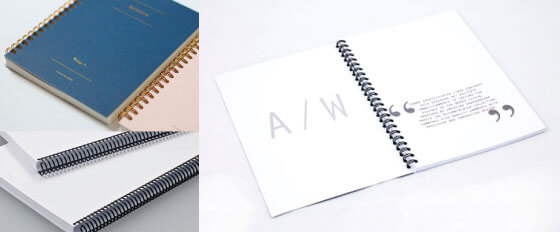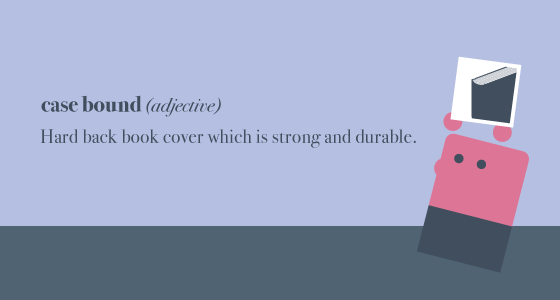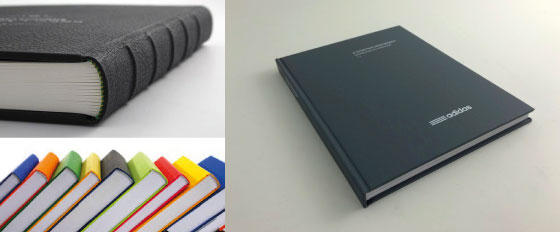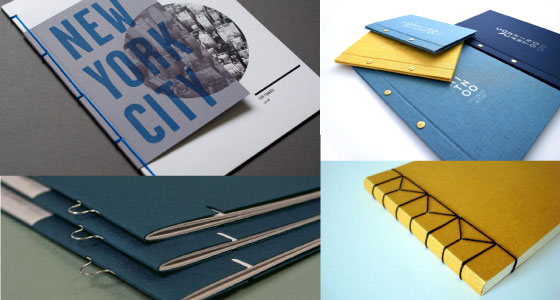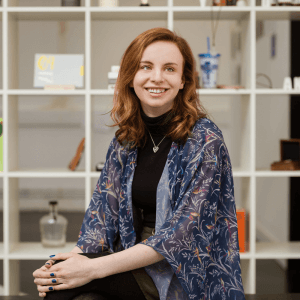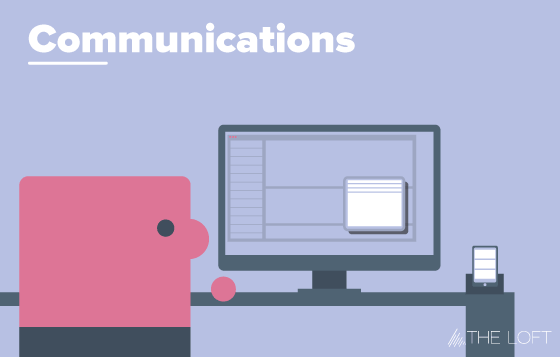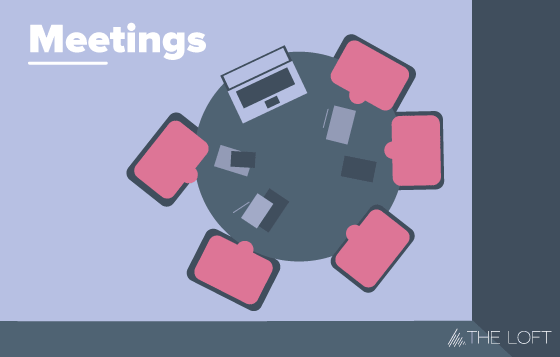Spirit’s an interesting concept – intangible, unquantifiable, easier to feel than properly articulate. Every now and then you can experience it at its strongest – a football match where your team score at the last minute, a gig where your favourite band just kill it on stage and tonight at the Kelvingrove where the kids from MCR Pathways have just wowed us with an amazing music and drama performance.
For those that aren’t in the know, ‘Young Glasgow Talent by MCR Pathways’ is an organisation that helps young people unlock their talent. The organisation teams up with schools and provides mentors to students, some of whom, have had the most ridiculously difficult starts to life. The organisation has an exceptional record (over 700 young people supported, 15 schools participating, 800 plus mentors and 1321 volunteers registered – and all in a very short space of time.)
Tonight was the Creative Showcase, we had the great and good of Glasgow out in their many, we had the launch of a painting by the world class Gerard M Burns and it was all hosted in the most magnificent of settings – The Glasgow Kelvingrove Art Gallery and Museum.
However, all of that pales into insignificance when compared to the soaring spirits of the young people who thrilled, entertained and moved us from the stage tonight.
Where do you start?
The evening was kicked off with an incredibly moving drama performance of the students just oh-so gently reminding us a little of what they had been through before kicking into a wonderfully moving cover of Bruno Mars’ ‘Just The Way You Are.’
We were treated to the story of Gerard Burn’s painting and how some of the students had contributed to its creation – the painting itself really is something.
And the evening was concluded by the incredible Mya, a 14 years-old singer-songwriter who confessed on stage that she suffers from autism and anxiety, but whose renditions of ‘Firefly’ and ‘Don’t Stop Believing’ left the audience absolutely stunned of the sheer potency of a 14-year old voice.
What amazing things can happen when talent is unlocked!
She mentioned she was looking to get her Facebook fanbase over 1000 and if you happen to be reading – check out https://www.facebook.com/MBmusicProductions/.
It’s definitely worth a like.
Individual talent aside, what is even more impressive is the spirit and togetherness of the young people – there was an incredibly moving moment at the end of Mya’s performance when her friends from the organisation just gate-crashed the stage, clapping, singing and all wildly encouraging us to share in the most joyous of moments.
We all did.
What’s more, the spirit of the young people is matched by each and every person in the MCR Pathways team. Whether it’s Claire O’Hara urging the audience to leave the safety of their seats to embrace the magic of the young people by standing closer to the stage. Iain MacRitchie, the founder absolutely making sure the Gerard M Burns Painting could be photographed and sent to the Herald before 730PM to make the deadline for Page-3 tomorrow. Or Robin Dewar, the IT manager who just went out in the cold Glasgow rain to get me a laptop to write this with my phone out of juice.
To a person, each and every-one of them care so much, give it everything they’ve got and exemplify this ‘soaring spirit’ themselves.
Whether you are a person interested in mentoring, an employer who wants to provide a talent taster work-experience or just somebody looking to get a little more involved – this is an organisation that’s worth knowing and supporting.
‘Soaring Spirits’ each and every one of them.
Check out http://www.youngglasgowtalent.org for more info…
Benedetto
Benedetto is an ideas-driven Creative Entrepreneur. He is on a mission to unleash the power of creativity to create a better world – for people, business and society. He is the founder of the loft, a design and branding house which operates worldwide helping companies bring their brands to life in the most imaginative and effective ways possible. A real man on a mission. Benedetto likes to make things happen fast and in a big way.


